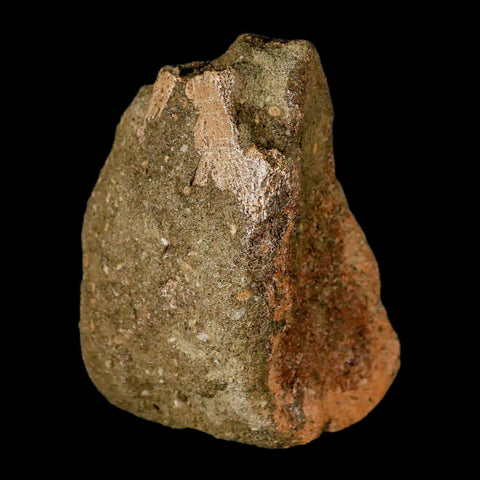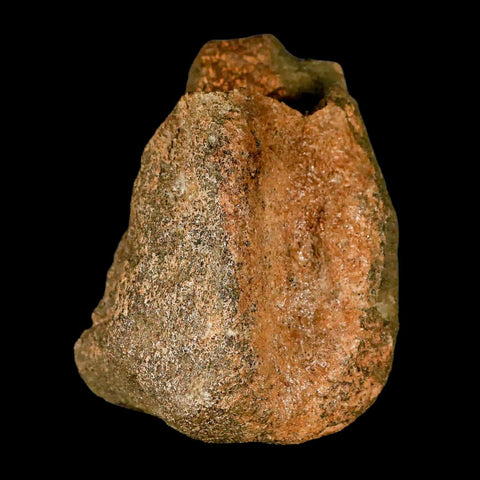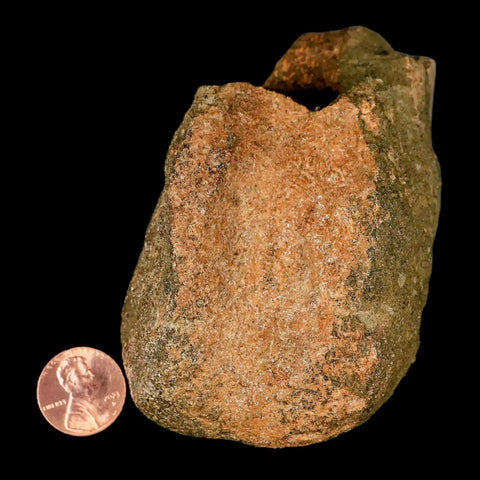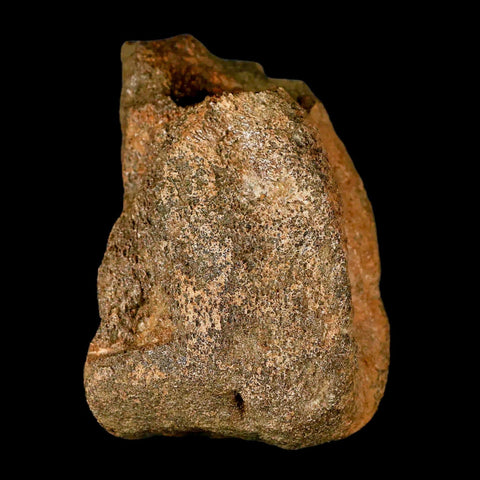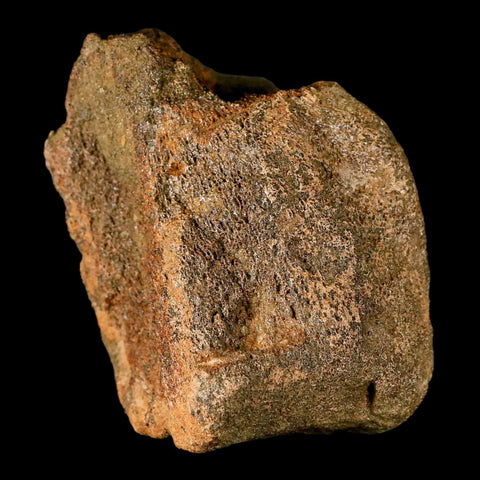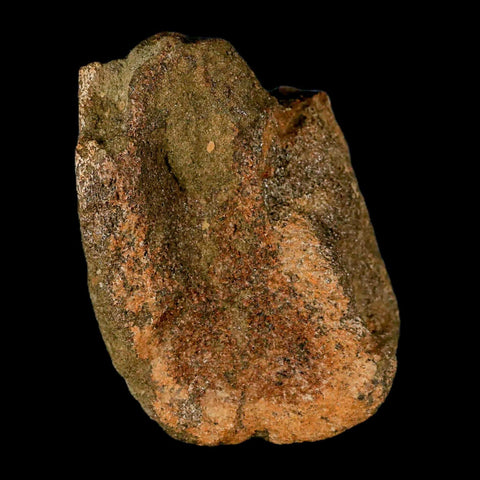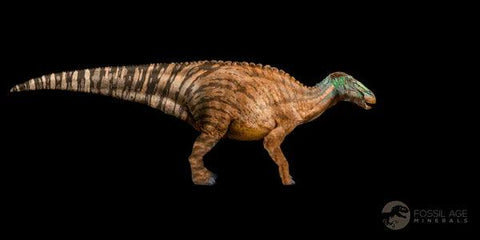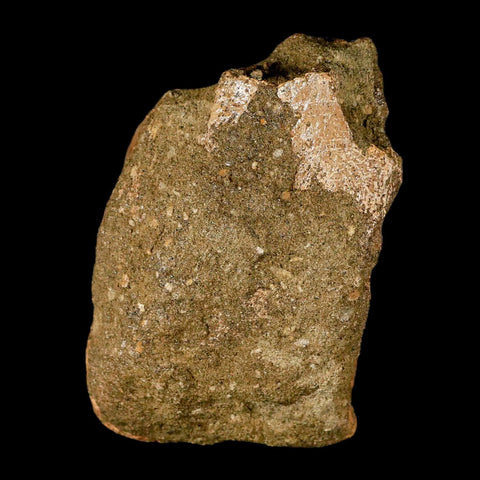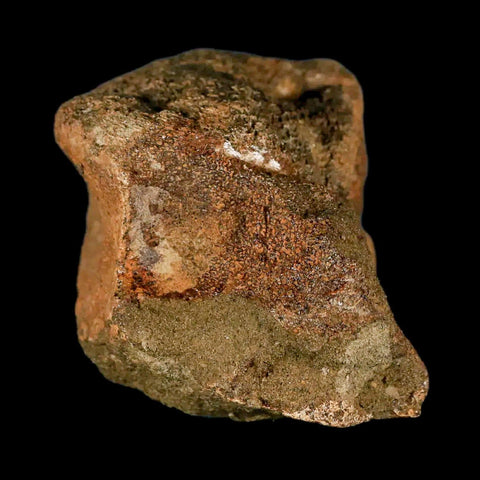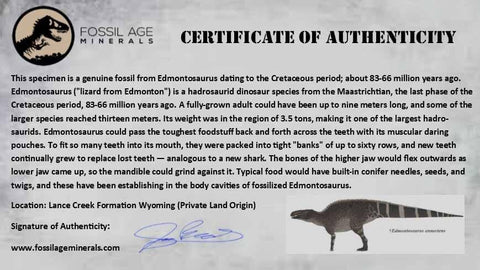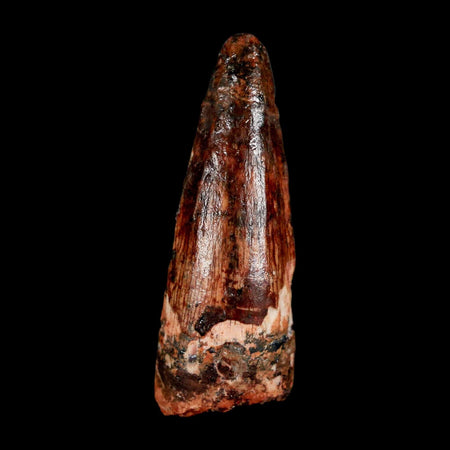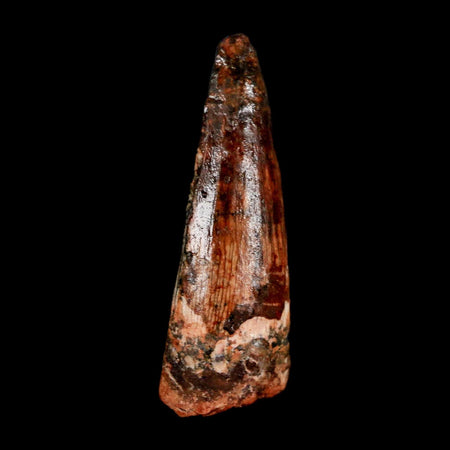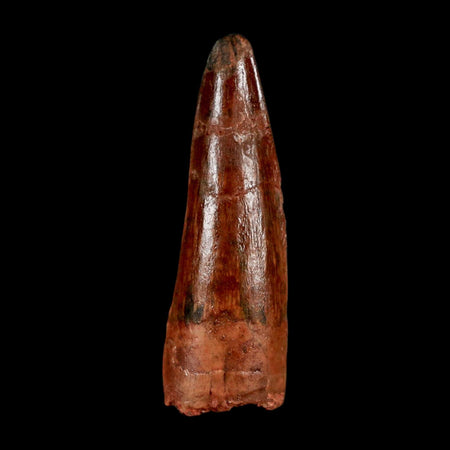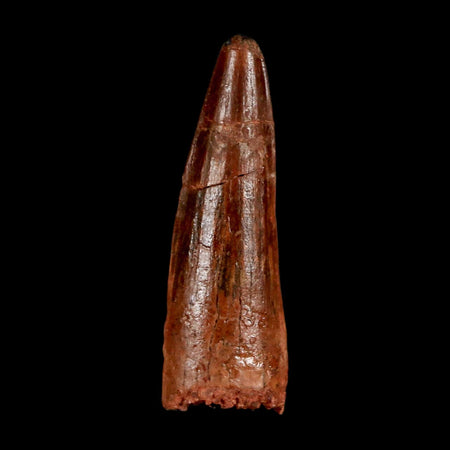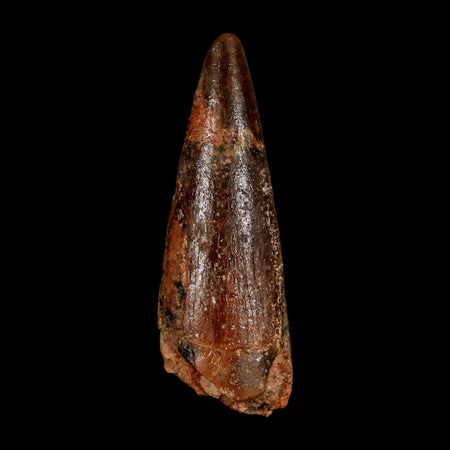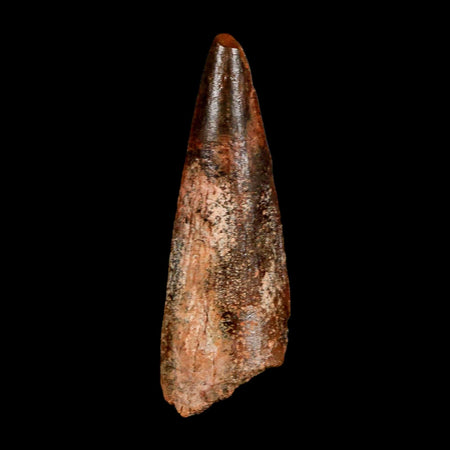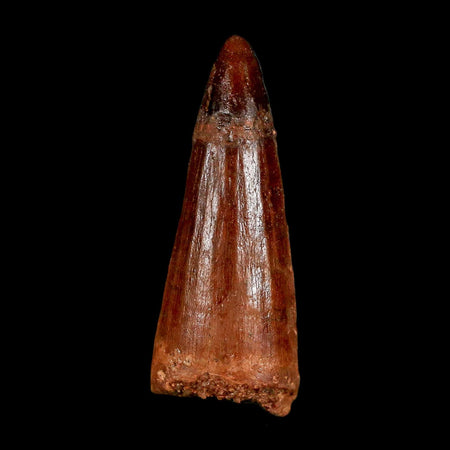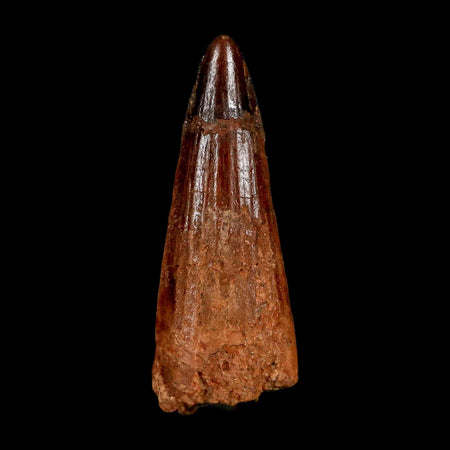3.4" Edmontosaurus Fossil Toe Bone Lance Creek FM Cretaceous Dinosaur WY COA
Location: Lance Creek Formation, Wyoming (Private Land Origin)
Weight: 11.6 Ounces
Dimensions: 3.4 Inches Long, 2.4 Inches Wide, 2.2 Inches Thick
Comes with a Certificate of Authenticity.
The item pictured is the one you will receive.
This is a genuine fossil.
Edmontosaurus, whose name translates as "lizard from Edmonton," is a hadrosaurid dinosaur that inhabited the Earth during the Maastrichtian stage, the terminus of the Cretaceous period, approximately 71 to 65 million years ago. Mature specimens typically measured up to nine meters in length, with certain larger species extending to thirteen meters. Weighing close to 3.5 tonnes, Edmontosaurus ranks among the largest known hadrosaurids.
Edmontosaurus could pass the toughest foodstuffs back and forth across the teeth with its muscular, daring pouches.
To fit so many teeth into its mouth, they were packed into tight "banks" of up to sixty rows, and new teeth continually grew to replace lost teeth — analogous to a new shark. The bones of the higher jaw would flex outwards as the lower jaw came up, so the mandible could grind against it. Typical food would have built-in conifer needles, seeds, and twigs, and these have been established in the body cavities of fossilized Edmontosaurus. It was evidently a tree-browser.
The 1908 Wyoming excavation stands out for paleontologists because it yielded fossilized skin impressions of Edmontosaurus. Rapid drying of the skin, preserving its form in the surrounding sediment, created these imprints. From this evidence, we understand that the skin was scaly and leathery, with the thigh muscle positioned beneath the body’s skin. This anatomical detail suggests the leg appeared to extend from the knee, with the entire thigh enclosed under the skin, enhancing its likeness to a duck. Additionally, the dinosaur exhibited a series of tubercles along its neck, back, and tail.
Edmontosaurus was bipedal but could surely have walked on four legs. The forelimbs are shorter than the hindlimbs, but not so much that four-legged motivation was unfeasible. The front feet also had hooves on two fingers, and weight-bearing pads like folks of Camarasaurus. The rear feet had two toes, and all were hooked. The bone arrangement in the lower limbs suggests that both the legs and feet were attached to very influential muscles. The spine curved downwards at the shoulders, so Edmontosaurus would have had a low posture and would have browsed close to the ground. Despite the power of its limbs, Edmontosaurus would only have been slow-moving and had few defensive features. To survive, it must have had keen eyesight, hearing, and smell to get an early warning of predators.



